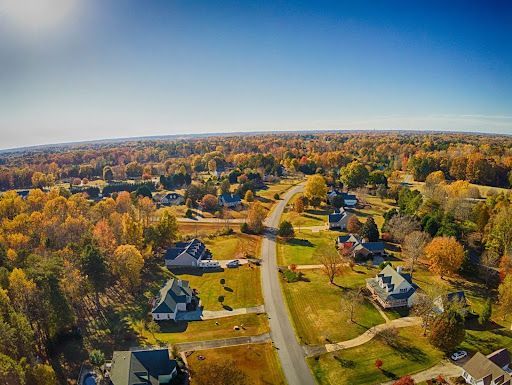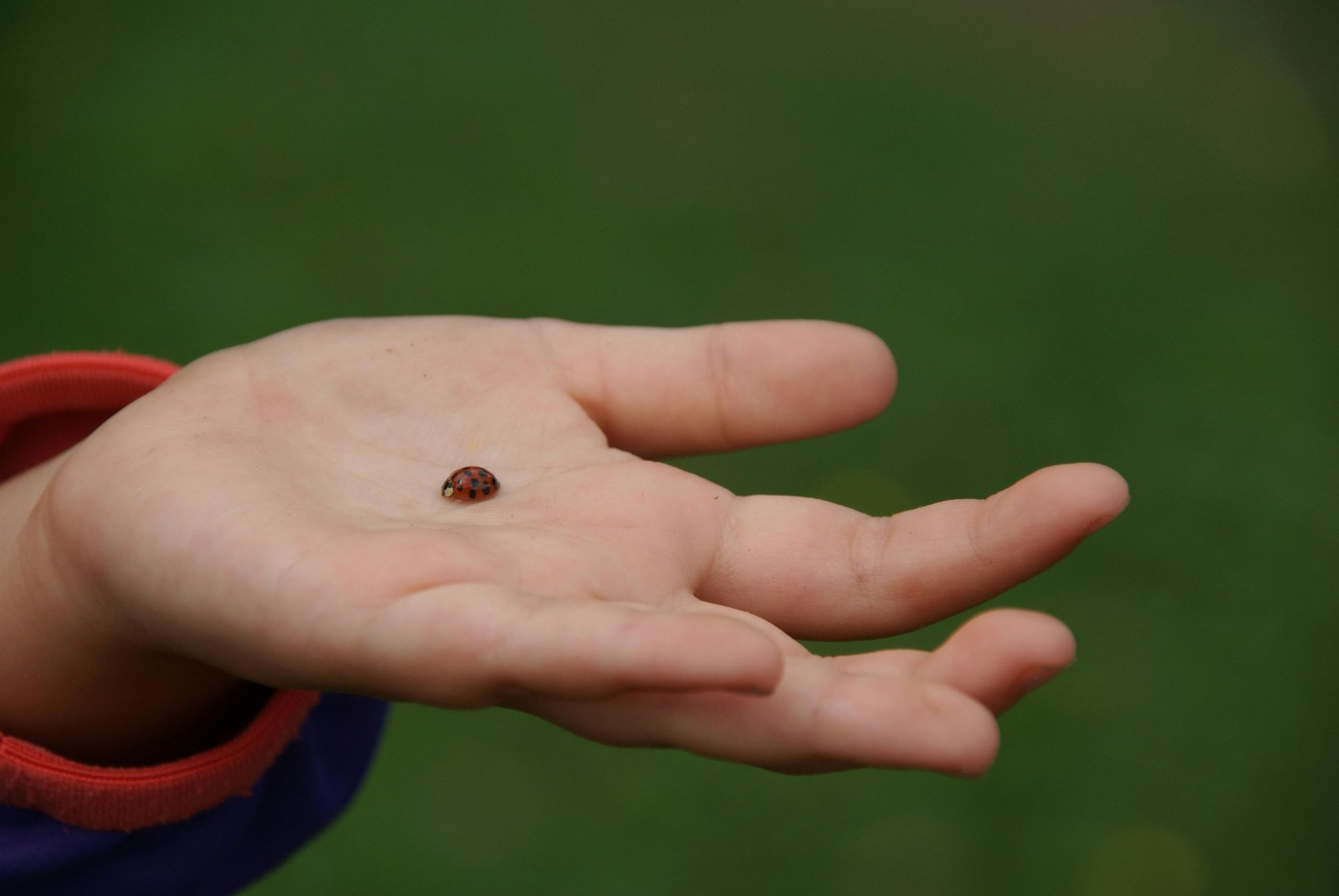Battling Earwigs: The Importance of Pest Control in Residential Homes in Carson City
Earwigs, with their menacing pincers and nocturnal habits, can be a nuisance for homeowners in Carson City. These elongated insects are known for their preference for damp and dark environments, making residential homes an attractive habitat. While earwigs are generally harmless to humans, their presence can become a nuisance, and controlling their population is essential for maintaining a pest-free home environment.
The Potential Problems Caused by Earwigs
Although earwigs do not pose significant health risks to humans, their presence in residential homes can cause several problems. These insects are known to feed on organic matter, including plant material, decaying leaves, and even other insects. As a result, they may damage gardens, ornamental plants, and crops. Additionally, their nocturnal activities and sometimes unsettling appearance can cause distress for homeowners, leading to a decreased sense of well-being.
Prevention: The First Line of Defense
Prevention plays a crucial role in managing earwig populations in residential homes. Simple measures can be taken to create an environment that is less attractive to these pests. This includes reducing moisture levels around the home by fixing leaky pipes and ensuring proper drainage. Clearing debris and maintaining a tidy yard can eliminate potential hiding spots. Sealing cracks, gaps, and entry points in the foundation, walls, and windows can also help prevent earwigs from gaining access to the home.
Effective Pest Control Measures
When prevention alone is not sufficient, effective pest control measures become necessary. Contacting professional pest control services is often the most reliable way to battle earwig infestations. Pest control experts have the knowledge and experience to accurately identify the extent of the infestation and implement targeted treatments. This may involve the application of insecticides in key areas of the home or the use of traps and baits to capture and eliminate earwigs.
Integrated Pest Management (IPM) Approach
Integrated Pest Management (IPM) is a holistic approach to pest control that focuses on long-term solutions while minimizing the use of chemical treatments. It involves a combination of preventive measures, regular monitoring, and targeted treatments. By addressing the underlying causes of earwig infestations, such as moisture issues and conducive environments, IPM can provide effective and sustainable results.
Ongoing Maintenance and Monitoring
Maintaining a pest-free home environment in Carson City requires ongoing maintenance and monitoring. Regular inspections of the property, both indoors and outdoors, can help identify signs of earwig activity and allow for prompt intervention. Monitoring traps can be strategically placed to capture and monitor earwig populations. By addressing any issues as they arise and maintaining vigilance, homeowners can effectively combat earwig infestations and protect their homes.
Managing earwigs and maintaining a pest-free home environment in Carson City is crucial for the well-being and comfort of homeowners. By implementing preventive measures, engaging professional pest control services, adopting an Integrated Pest Management approach, and maintaining ongoing maintenance and monitoring, homeowners can effectively battle earwig infestations. By doing so, they can enjoy a pest-free home and peace of mind in their residential oasis.
Are earwigs invading your home in Carson City? Don't battle them alone.
Contact us today for professional pest control services tailored to your needs, and let us help you create a pest-free environment for your residential oasis.




